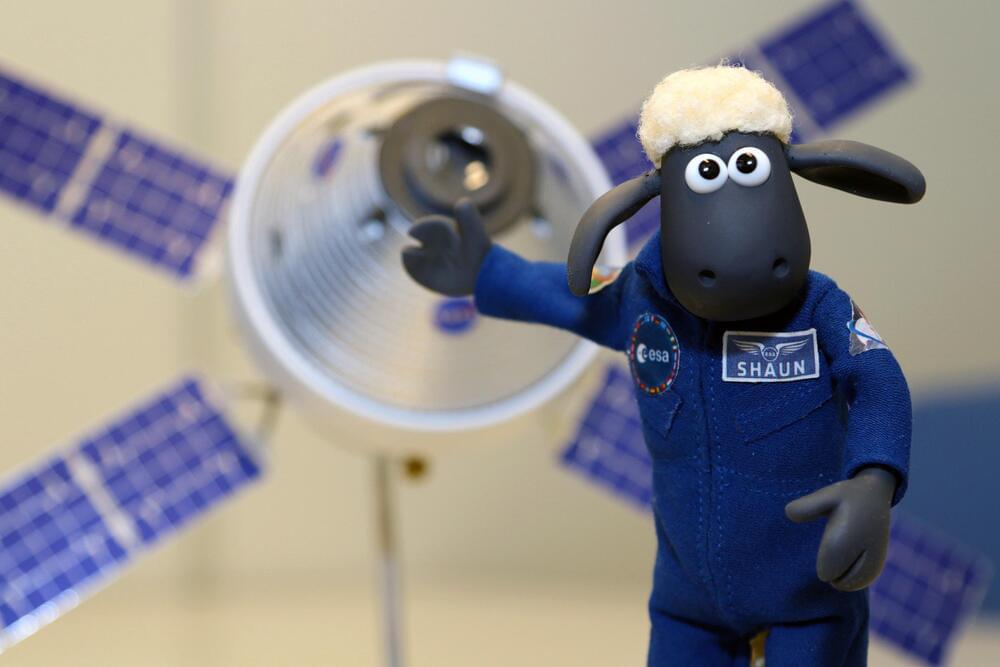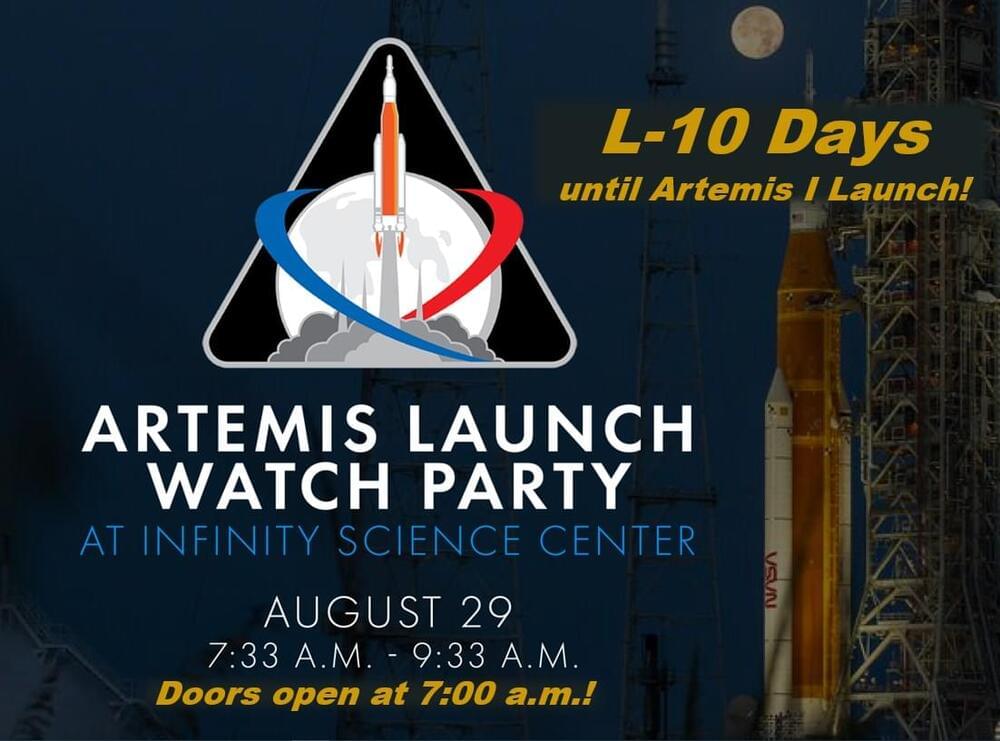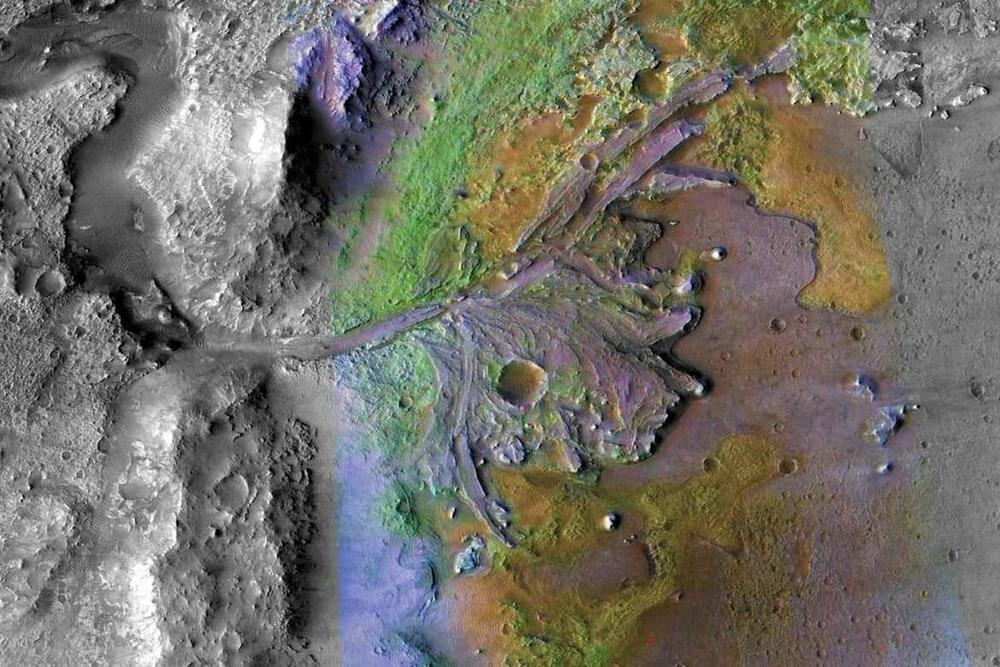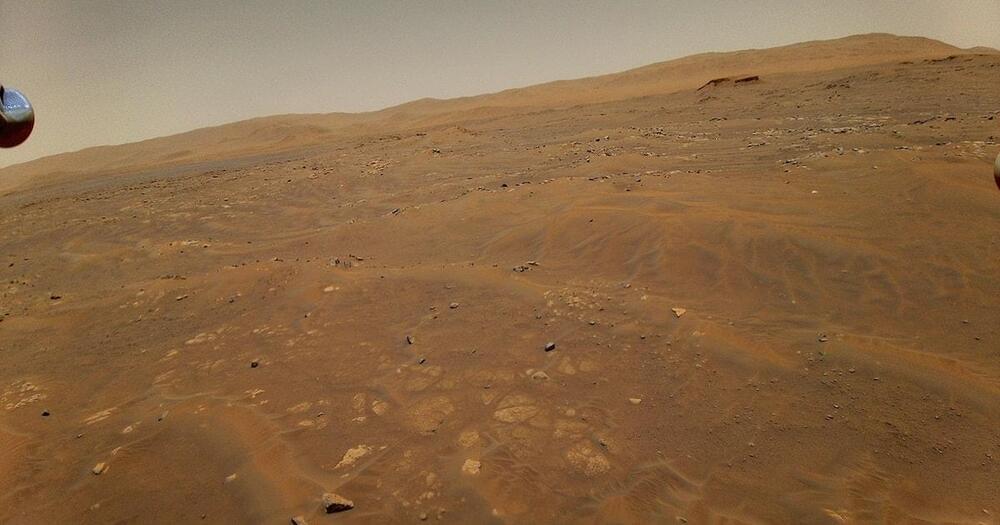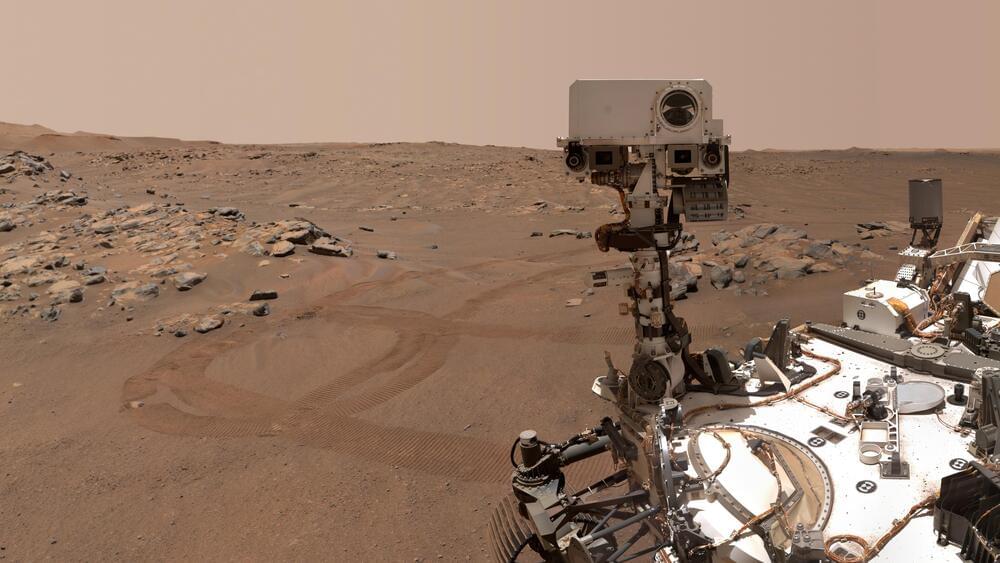Researchers plan to use the James Webb Space Telescope for further observations.
An international team of researchers led by the University of Montreal discovered an exoplanet that could be covered entirely in water. The planet TOI-1452b is about 100 light years away from Earth, located in Draco Constellation. It’s larger in size and mass compared to Earth and is located in the “habitable zone,” which means the temperature is just right for the liquid water to exist. The team believes that it could be an “ocean planet,” a planet covered by a thick layer of water.
What’s so special about this ocean planet?
This isn’t the first time we’ve discovered an exoplanet or planets with water.
An international team of researchers led by Charles Cadieux, a Ph.D. student at the Université de Montréal and member of the Institute for Research on Exoplanets (iREx), has announced the discovery of TOI-1452 b, an exoplanet orbiting one of two small stars in a binary system located in the Draco constellation about 100 light-years from Earth.
The exoplanet is slightly greater in size and mass than Earth and is located at a distance from its star where its temperature would be neither too hot nor too cold for liquid water to exist on its surface. The astronomers believe it could be an “ocean planet,” a planet completely covered by a thick layer of water, similar to some of Jupiter’s and Saturn’s moons.

